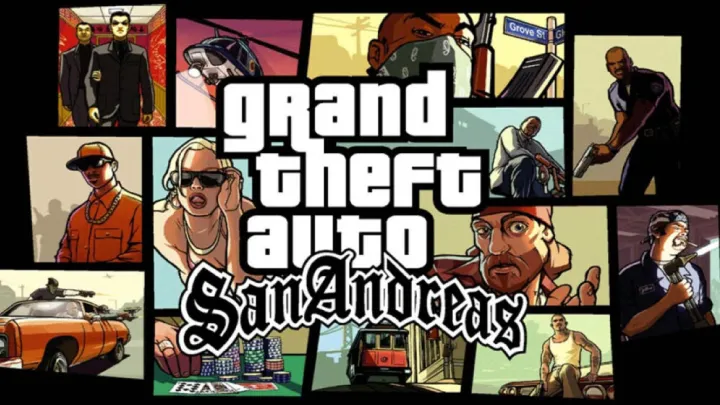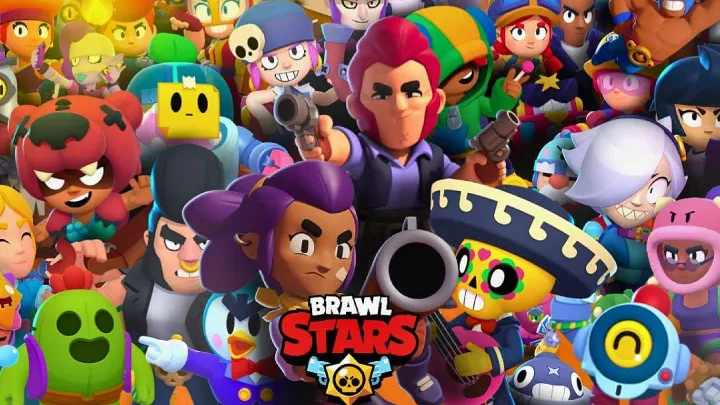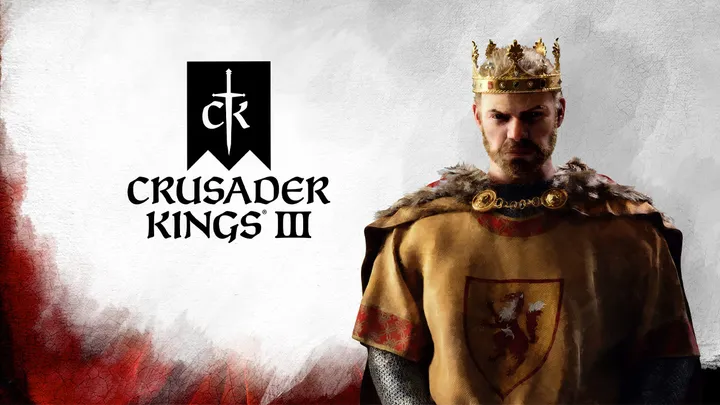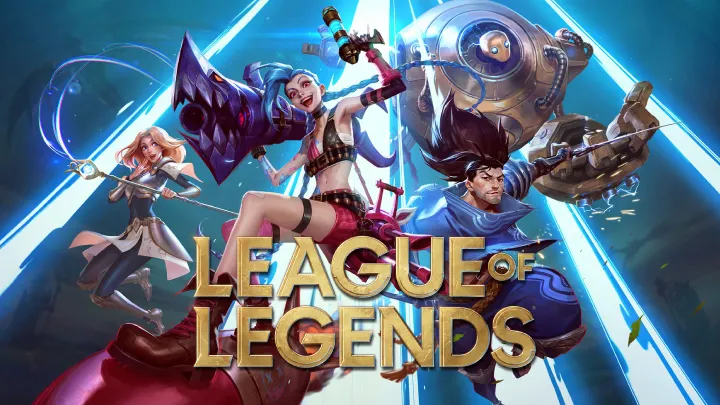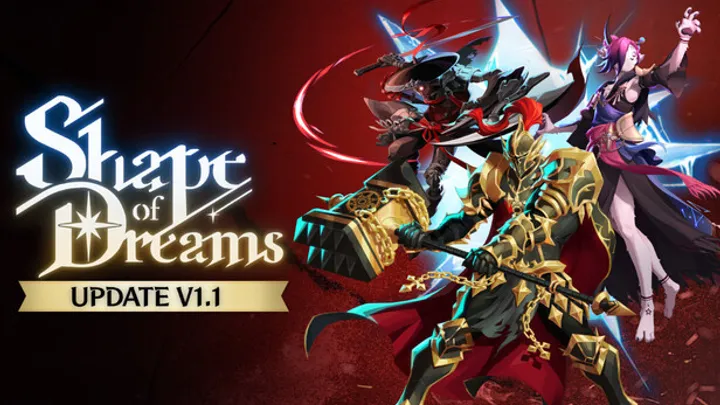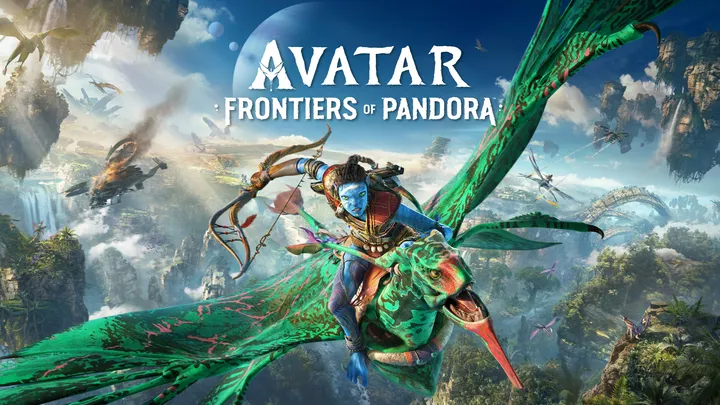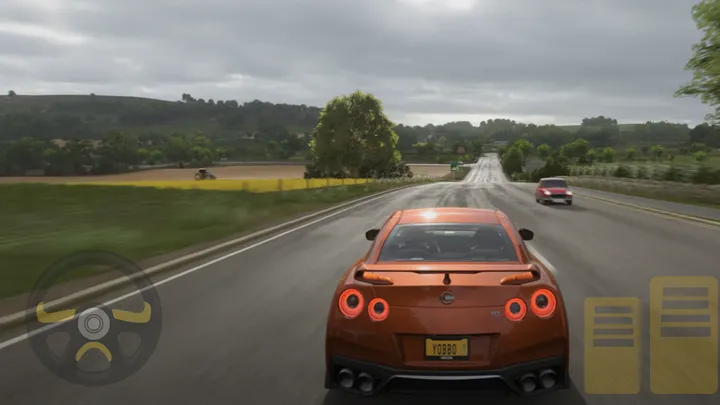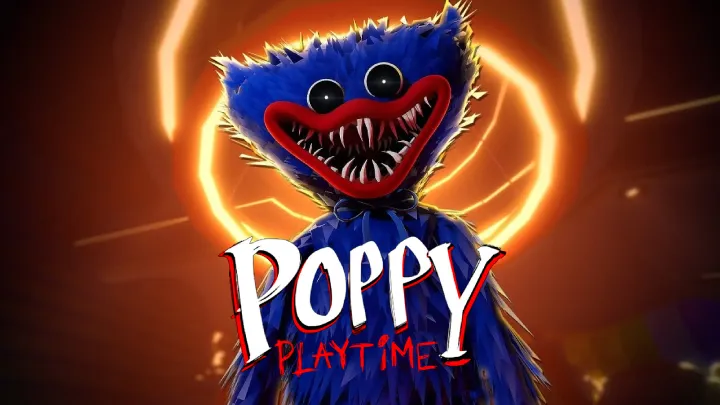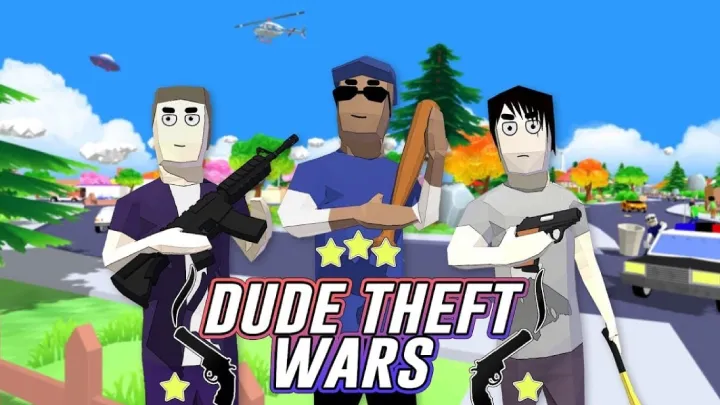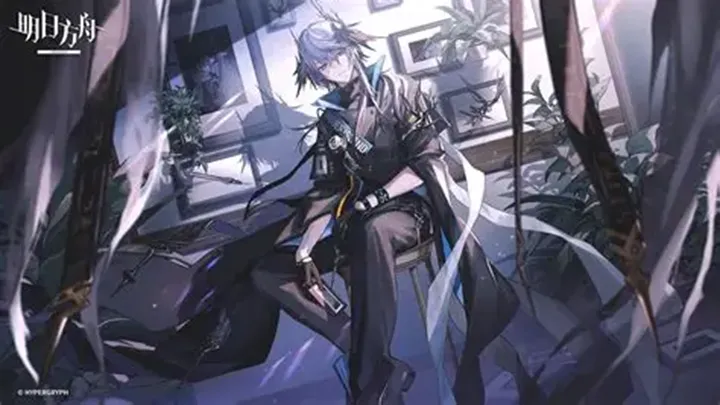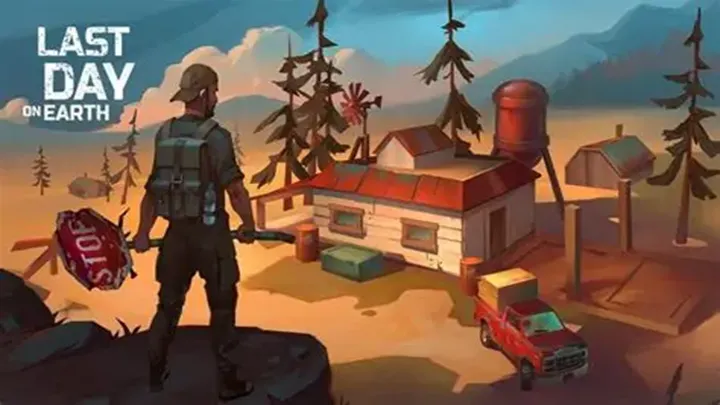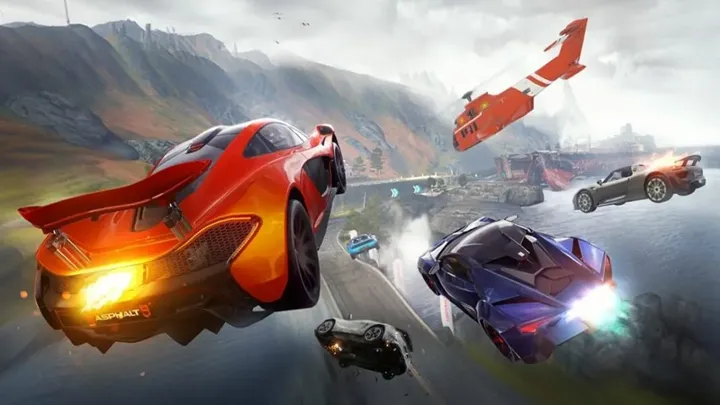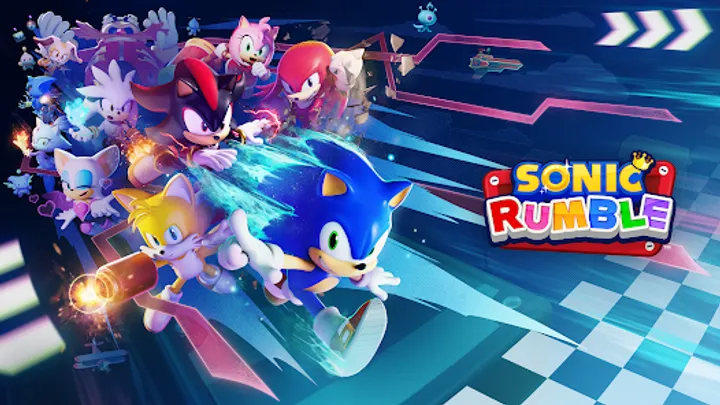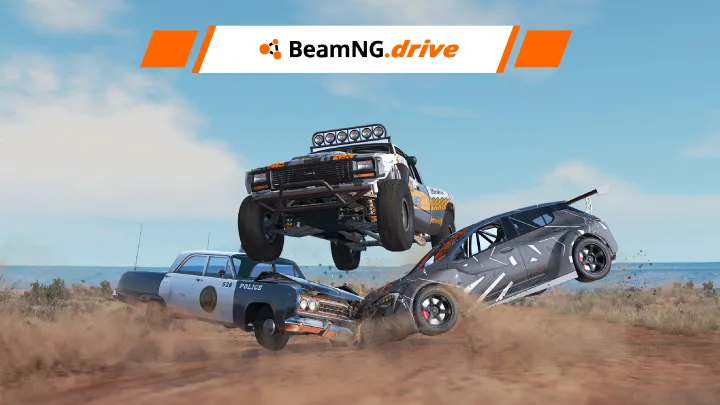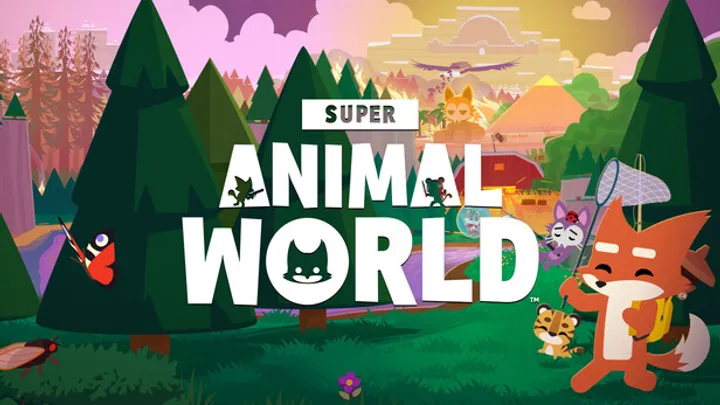Introduction
Released in 2004 by Rockstar Games, Grand Theft Auto: San Andreas quickly became one of the most influential and beloved open-world games of all time. It expanded on the formula of GTA III and Vice City, offering a massive state-sized map, deeper RPG-like systems, and a socially charged narrative inspired by early 1990s West Coast gang culture. Even two decades later, it remains a benchmark in game design, storytelling, and cultural resonance.
Narrative & Setting
- Plot Overview: Players step into the shoes of Carl "CJ" Johnson, who returns to Los Santos after his mother’s death. Drawn back into gang life, CJ must navigate betrayal, corruption, and family loyalty while expanding his influence across the state.
- Cultural Inspiration: The narrative heavily references Los Angeles gang wars, hip-hop culture, and the early 1990s social climate. Themes of loyalty, survival, and systemic corruption drive the story.
- Characters: From Sweet and Ryder to Big Smoke (one of gaming’s most infamous traitors), the cast is vibrant, memorable, and tied into the social commentary of the time.
World Design
- Map Size & Diversity: Unlike previous GTA entries, San Andreas offers an entire state, divided into three major cities (Los Santos, San Fierro, Las Venturas) and expansive countryside, deserts, and forests in between.
- Environmental Variety: Each city has its own identity:
- Los Santos reflects gang-ridden LA.
- San Fierro mirrors San Francisco with its hills and counterculture vibe.
- Las Venturas captures Las Vegas’s glitzy casinos and desert outskirts.
- Immersion: The living world, with pedestrians, dynamic traffic, and interactive interiors, was revolutionary for its time.
Gameplay Systems
- Core Mechanics: The foundation remains open-world action — driving, shooting, and exploration.
- RPG Elements: New features like eating, exercising, customizing CJ’s physique, and upgrading skills (driving, shooting, stamina) introduced a personalized progression loop.
- Side Activities: Gambling, dating, dancing, vigilante missions, and vehicle challenges make the world feel alive beyond the main story.
- Vehicle Variety: Cars, bikes, planes, helicopters, boats, and even jetpacks expand mobility like never before.
- Combat & Weapons: While clunky by modern standards, the lock-on aiming system and massive arsenal were cutting-edge in 2004.
Presentation & Sound
- Graphics: By today’s standards, the visuals are dated, but in 2004, the scale and diversity of the world were groundbreaking.
- Soundtrack: A legendary feature — multiple radio stations representing rock, hip-hop, funk, country, and more. Songs like Dr. Dre’s “Nuthin’ but a G Thang” or Rage Against the Machine’s “Killing in the Name” enhanced immersion.
- Voice Acting: Hollywood-level performances brought characters to life, with Samuel L. Jackson’s portrayal of Officer Tenpenny standing out.
Strengths
- Massive Open World: Three distinct cities and vast rural areas created unmatched freedom.
- Deep Customization: Player agency through clothing, physique, and vehicles.
- Rich Narrative: A story that blends personal stakes with broader social commentary.
- Variety of Activities: Countless mini-games and side content ensured longevity.
- Cultural Legacy: The game shaped an era of gaming, influencing countless successors.
Weaknesses
- Dated Mechanics: Shooting and melee combat feel stiff compared to modern standards.
- Clunky Controls: Especially in driving planes or handling certain missions.
- Technical Limitations: Pop-in, bugs, and graphical constraints of the PS2 era.
- Pacing Issues: Some mission arcs drag, requiring grind-heavy side activities.
- Remaster Controversies: The 2021 Definitive Edition was widely criticized for technical flaws.
Cultural & Industry Impact
- Censorship & Controversy: The infamous “Hot Coffee” mod scandal fueled debates about video game content, shaping discussions around ratings and parental awareness.
- Genre Evolution: San Andreas pushed the boundaries of what open-world games could be, paving the way for titles like GTA V, Skyrim, and Red Dead Redemption 2.
- Timeless Appeal: Despite technical aging, it remains a fan favorite, often replayed for nostalgia and modded by the community to stay relevant.
Final Verdict
Grand Theft Auto: San Andreas is more than just a game; it’s a cultural landmark. Its bold storytelling, vast open world, and revolutionary mechanics defined an era and continue to inspire modern developers. While its age shows in mechanics and visuals, its ambition and execution remain legendary.














































